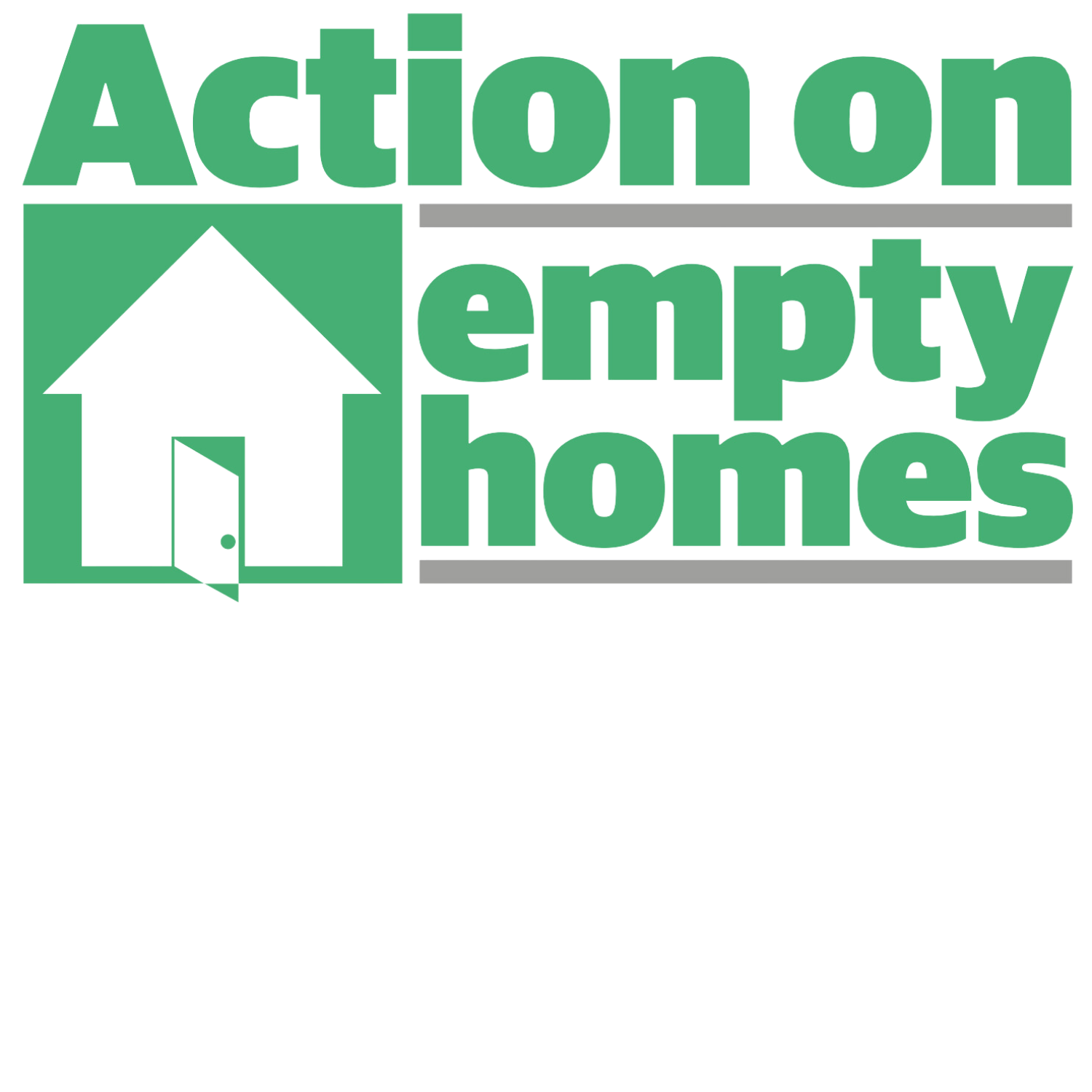
Net-zero and Empty Homes
Action on Empty Homes is an environmental partner of 1% for the Planet. Companies dedicated to donating 1% of yearly profits to environmental causes are able to choose Action on Empty Homes as a recipient of their donations. We have campaigned vigorously to retrofit England’s 1,000,000+ empty homes and to return them to use as social housing, reducing the need for new-builds and lowering the operational carbon emissions of England’s housing. To learn more about why Action on Empty Homes might be a suitable recipient for your company’s donation, click here.
1. Retrofitting empty homes helps to mitigate a substantial amount of the construction sector’s carbon emissions
20% of UK's greenhouse gas emissions come from residential housing's operational carbon emissions.
Bringing an empty home back into a liveable state costs between 50% and 75% less embodied carbon (than building a new house) on average per unit.
England has old, inefficient housing stock, leading to excessive energy usage and carbon emissions.
Retrofitting existing homes involves integrating low-carbon energy generation, efficient energy use, and sustainable materials.
A circular economy approach to housing involves retrofitting existing empty homes to reduce the need for new builds.
2. Retrofitting addresses the intersection of inequality and the climate crisis
2.2 million social housing tenants and 6.8 million people in private homes living in poverty are in energy-inefficient accommodations, making them vulnerable to climate change-driven fuel price increases and severe weather.
Without action, this cycle will worsen as climate change increases the need for energy to heat housing,
Improving England's home energy efficiency can address both the cost-of-living crisis and climate change
3. We don’t need dedicated retrofit professionals. We need professionals with green skills in their toolkit.
Many existing construction professionals can easily acquire the green skills needed for retrofitting, such as using sustainable materials like lime-based plasters and wood fiber insulation.
Retrofitting can be integrated into college-based learning and community-based programs to bridge the skills gap in the construction sector.
On-site training through community programs can help tradespeople learn green skills for low-carbon building and retrofitting.
Only specific stages of retrofit projects, like initial assessment and post-retrofit assessment, require highly specialized expertise, not the entire process.
4. The raw materials for retrofit can be found right here in the UK
Sustainable retrofitting materials like hemp, wood fiber, and lime-based plaster can be sourced and produced locally in the UK.
Local production of these materials can boost green economies, create jobs, and reduce carbon emissions from material transportation.
Currently, retrofit coordinators often import materials from Europe and even Canada due to underdeveloped local supply chains.
The UK's robust recycling infrastructure can also contribute to reducing carbon emissions by repurposing waste materials for construction.
5. For empty home retrofitting to happen at scale and at speed, communities must work together
Community organizations are best suited to address retrofitting of empty homes.
Community leadership ensures that the benefits of retrofitting, such as job creation, supply chain growth, and affordable housing, stay within the community.
Community partnerships are essential for scaling up retrofit efforts quickly.
Many local authorities in England already support community-led climate action, providing a foundation for community-based retrofit initiatives.
Social enterprises can play a significant role in driving community-led retrofitting efforts, supported by local authorities aiming to achieve green and net-zero objectives.
Community-Based Retrofit
An empty home retrofitted and brought back into use by Gyroscope Housing in Hull, England.
Retrofitting entails upgrading existing homes with sustainable forms of insulation, energy efficient building materials, and technologies such as heat pumps and solar panels in order to achieve a very high level of energy efficiency. Retrofitting our empty homes is crucial to reduce carbon emissions, bring down the cost of living, and unlock empty homes.
Our Retrofit Empty Homes Action Partnerships (REHAP) work highlights the extremely pronounced role retrofit will play in achieving net-zero by 2050 or earlier. Below are the key climate findings from our year long feasibility study (2022-3). The full report can be downloaded here, and a report focusing specifically on the role of empty home retrofitting in achieving net-zero can be found here.
REHAP: A Fabric First Approach Threaded into the Fabric of Communities
In June 2022, AEH began a one-year feasibility study to test and evaluate the viability of three-year local community-led Retrofit Empty Homes Action Partnerships (REHAP). You can read the full report on the project here. Based on this feasibility, we have now embarked on a further three-year roll our of the REHAP model.
The purpose the REHAP model is to retrofit empty homes, deliver green skills training and build local green supply chains, which together will help drive action on climate change at the local level.
We have condensed the key climate insights from the feasibility study into this downloadable document, 'Empty Homes: how they can help us reach Net Zero'. For a brief summary of the document, see below.





